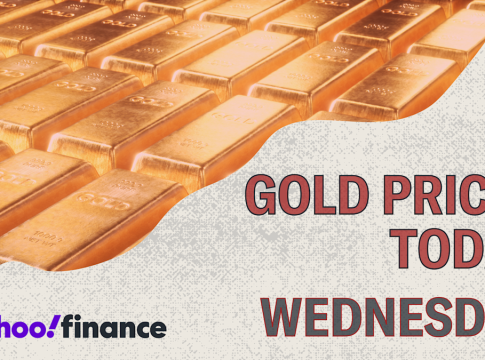Understanding Gold Futures and Investing Options
Gold futures are a hot topic in the world of finance, especially as they opened at $3,338.10 per ounce recently—up 0.6% from the previous day. However, this price reflects a 1.4% decline over the past week, indicating fluctuations in investor sentiment. So, what’s behind this movement, and what are your options for investing in gold? Let’s break it down.
Key Influencers on Gold Prices
Several factors shape the pricing of gold futures. A notable influence is the shaky ceasefire between Israel and Iran, which keeps investors on edge. Additionally, consumer confidence in the U.S. has dipped, with the Conference Board reporting a lower-than-expected Consumer Confidence reading for June. Specifically, the Expectations Index has fallen to 69—a number that can hint at a future recession. Interestingly, during such economic downturns, demand for gold often rises, which may push prices upward.
Navigating Gold Investment Options
When considering how to invest in gold, think of it as a four-step process. After deciding your target allocation, the next step is choosing a form of gold to hold. You primarily have three options:
- Physical Gold
- Gold Mining Stocks
- Gold ETFs (Exchange-Traded Funds)
Pros and Cons of Each Option
1. Physical Gold
Advantages:
- Immediate Access: Physical gold, like bars and coins, can be readily used in economic emergencies.
- No Ongoing Fees: Unlike stock investments, there are no hidden charges associated with holding gold.
Disadvantages:
- Risk of Theft: Keeping physical gold safe can be a challenge.
- Lower Liquidity: Selling physical gold can often require finding a dealer, which may include added costs.
2. Gold Mining Stocks
Advantages:
- Greater Liquidity: Stocks often have a narrow bid-ask spread, making it easier to buy and sell.
- Space-Saving: Stocks are held in a brokerage account and won’t take up physical space.
Disadvantages:
- Higher Volatility: Mining stocks can fluctuate significantly, sometimes even outpacing gold prices.
- No Direct Use: These stocks can’t be used as currency.
3. Gold ETFs
Advantages:
- Ease of Storage: ETFs are digital assets, which means you don’t need physical space for storage.
- Tied to Gold Prices: ETFs that are backed by physical gold can provide more stability than mining stocks.
Disadvantages:
- Annual Fees: ETFs charge fees, which can erode your returns over time.
- No Medium of Exchange: Like mining stocks, you can’t use ETF shares directly in emergencies.
Assessing Gold’s Historical Performance
Historically, gold experiences cycles of growth and decline. From 2009 to 2011, it was on a steady rise, but it faced challenges for nearly a decade afterward. Currently, some analysts, including those from Goldman Sachs, are optimistic, predicting that gold could soar to $3,700 per ounce by 2025, driven by rising demand from central banks and global uncertainties.
Final Thoughts
Before diving into gold investments, assess your risk tolerance. If you’re worried about market fluctuations, a lower allocation to gold may be wise. Conversely, if you’re willing to ride out uncertain years for better returns in the long run, then a higher investment might suit you.
Feel ready to explore gold? The above options, along with market trends, can guide your investment decisions. To stay informed, keep an eye on historical pricing trends and expert forecasts. Happy investing!

Writes about personal finance, side hustles, gadgets, and tech innovation.
Bio: Priya specializes in making complex financial and tech topics easy to digest, with experience in fintech and consumer reviews.

